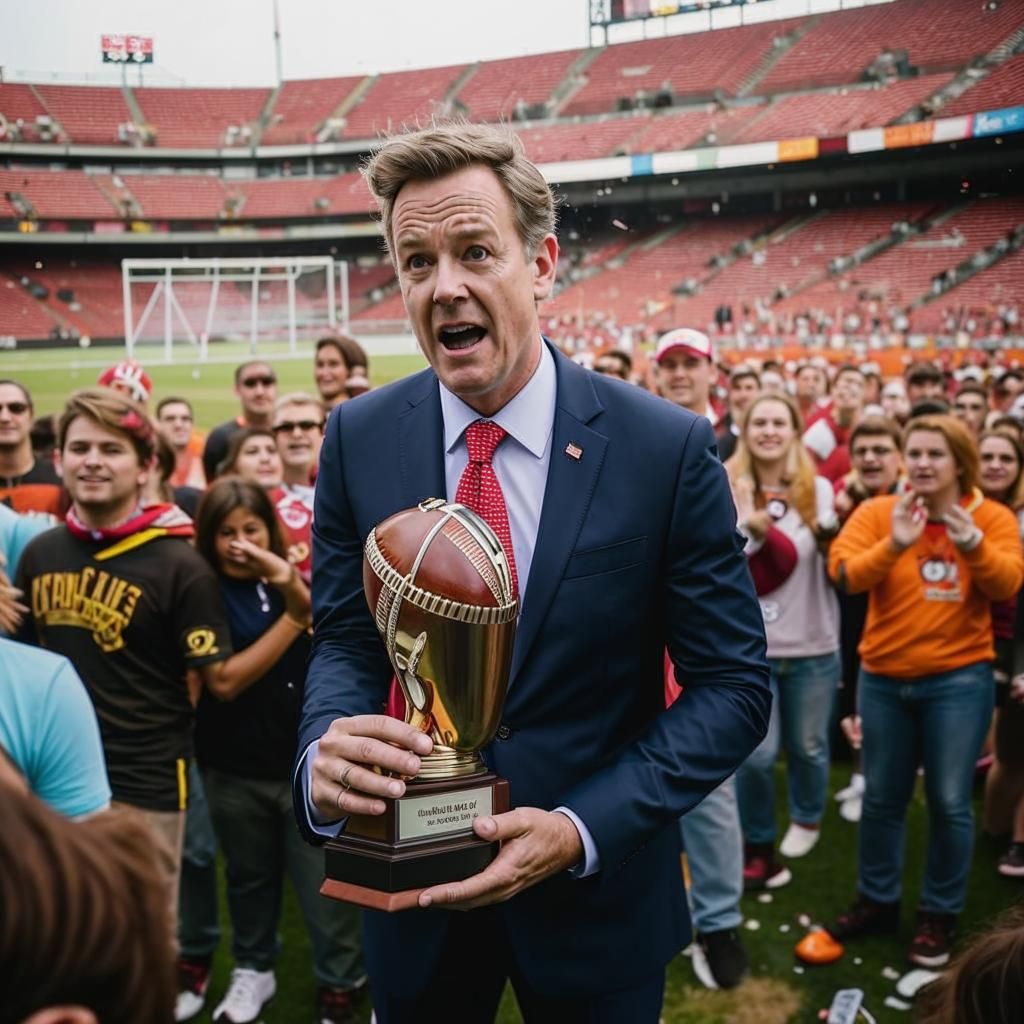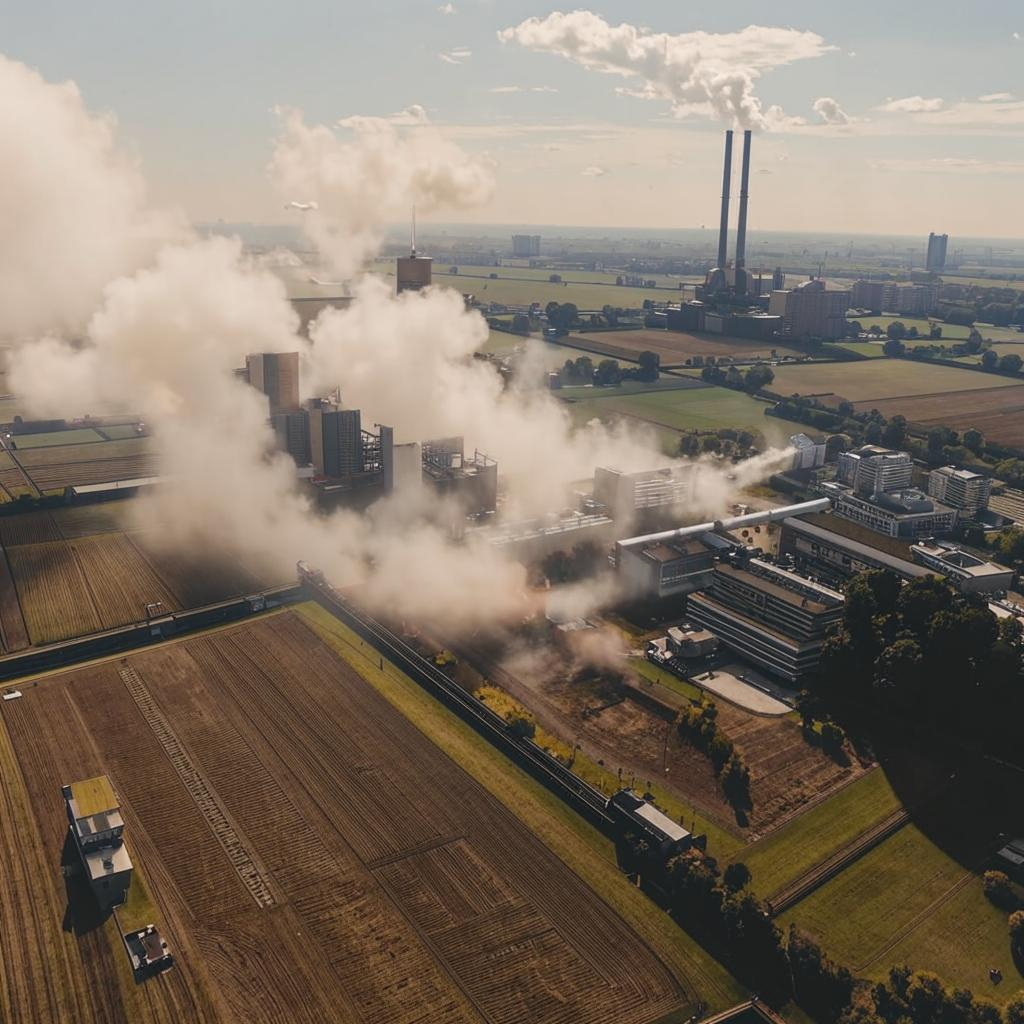President Trump’s trade policies, particularly the imposition of tariffs on goods from China and other nations, are creating a complex economic landscape. These tariffs, initially presented as a means to protect American industries and jobs, are now clashing with his campaign promises of economic prosperity and stability.
While the administration argues that tariffs will level the playing field and bring jobs back to the United States, the reality is proving more nuanced. American businesses, particularly those relying on imported materials, are facing increased costs, which are often passed on to consumers. This leads to higher prices for everyday goods, potentially negating the benefits of any tax cuts or economic growth initiatives.
The agricultural sector has been particularly hard hit, with farmers facing retaliatory tariffs on American exports. The resulting decline in sales has forced the government to provide billions of dollars in aid to offset losses, a direct consequence of the trade war.
Furthermore, the tariffs are contributing to market volatility and uncertainty. Businesses are hesitant to invest in new projects or expand operations when the future of trade relations remains unclear. This uncertainty can stifle economic growth and undermine investor confidence. The initial promise of revitalizing American manufacturing is now facing the harsh reality of disrupted supply chains, increased costs, and retaliatory measures that impact various sectors of the economy, posing a significant challenge to fulfilling the broader promise of widespread economic benefit. This creates a tension between campaign rhetoric and economic reality.














